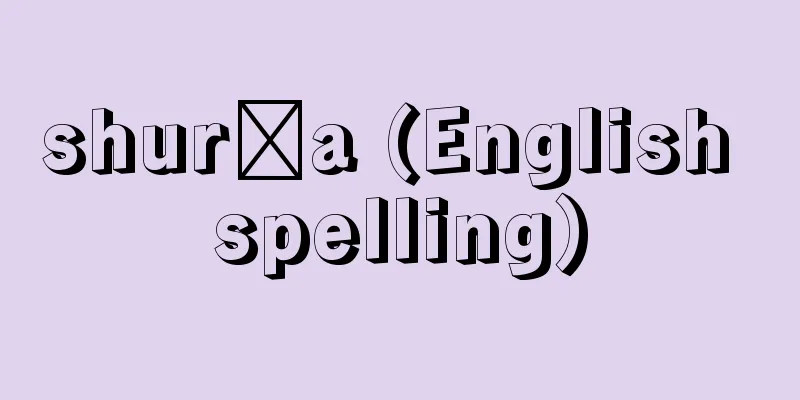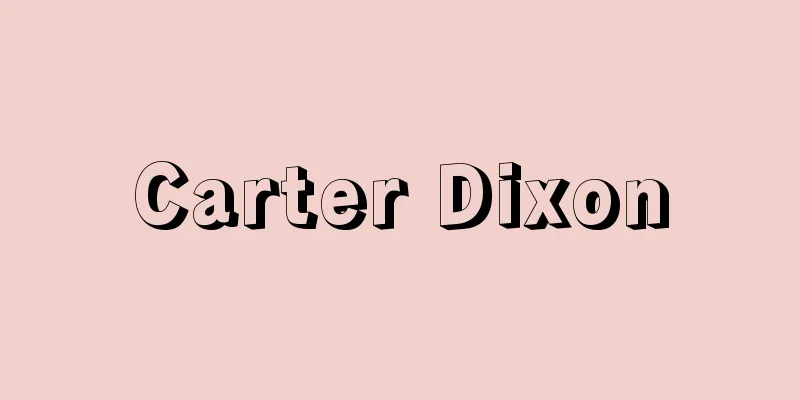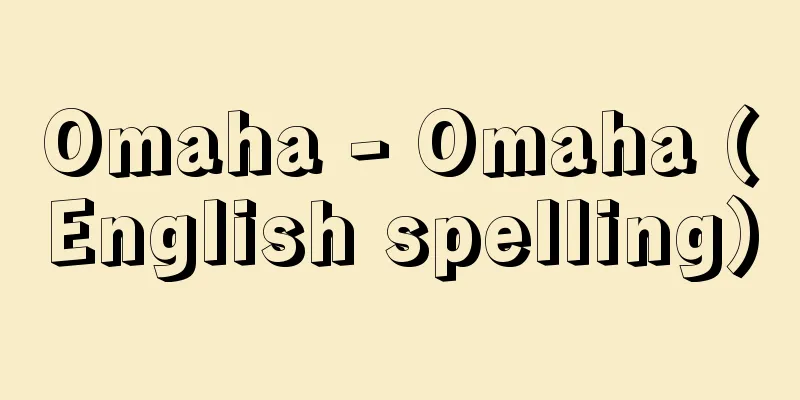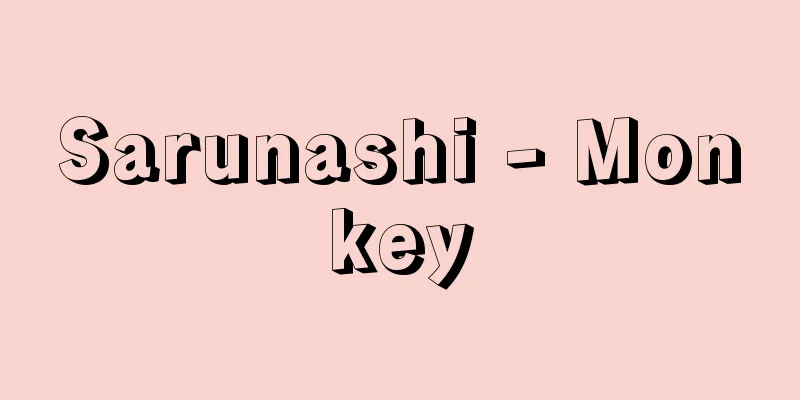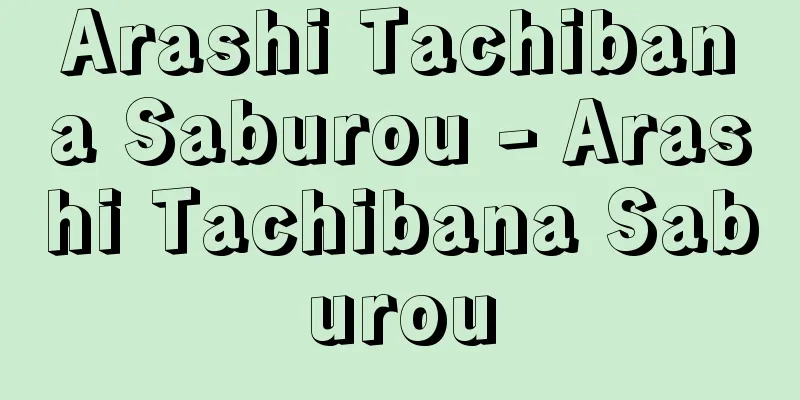Baroque Music
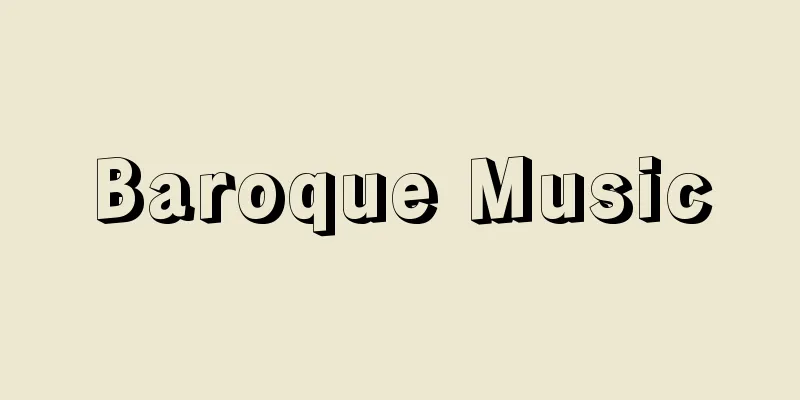
|
A period of European music from the end of the 16th century to the first half of the 18th century. It can generally be thought of as the period from the birth of opera, through the activities of Monteverdi, Schütz, and Corelli, to the times of Couperin, Vivaldi, Bach, and Handel. The origin of the word "Baroque" comes from the Portuguese word "barroco," meaning "irregular pearl." It was the 18th century French music critic Noël-Antoine Pruch who first applied this term to music, calling Italian concertos "baroque music," which was eccentric and noisy, in a book published in Paris in 1746, in contrast to French "singing music." It was the 19th century art historian Burckhardt who elevated "Baroque," which had been used as an adjective with a negative connotation, to a concept of artistic style. In his "Cicerone" (1855), he regarded the period after Michelangelo as the period of decline of the High Renaissance, and called that style the "Baroque style." It was Wölfflin's Renaissance and Baroque (1888) that removed the negative meaning from "Baroque" and evaluated it as an art style of equal value to the Renaissance. In his Fundamentals of Art History (1915), he expressed the characteristics of both styles as five opposing concepts, and it was Kurt Sachs who applied this to music and proposed the new term "Baroque music" (1919). Thus, European music from the end of the 16th century to the first half of the 18th century came to be called "Baroque music" today, but in France, people dislike the negative meaning inherent to this term and recognize that French culture at that time was at the height of its heyday, so they tend to prefer the term "French Classical Music" (1960), like Paillard. [Ryuichi Higuchi] Characteristics and periodThe essential characteristics of Baroque music are the "monody style" and the "concertato style." The former is an early opera style, which later differentiated into recitative and aria, and is a style of dualistic or bipolar structure established by the tension between the soloist and the basso continuo that supports it. The latter refers to a musical structure that emphasizes contrast, originating from the divided singing of the Venetian school represented by Gabrieli. It is a style based on duality or multiplicity based on the tension that arises between two or more different elements, whether it is the contrast between groups, the contrast between the soloist (musical) and the whole orchestra (concertos), or even the contrast between instrumental and vocal music. These styles permeated various genres of Baroque music. Opera, which was born in Florence as a revival movement of Greek musical drama, was based on the monody style, but also adopted the concerto style by participating in instrumental music. In addition, religious vocal music such as church concertos, church cantatas, oratorios, and passions, despite the religious nature of the lyrics, is basically not different from opera in terms of musical means of expression. In addition, the "rise of instrumental music" in relation to these basic styles is also one of the major characteristics of Baroque music phenomena. There was the rise of organ music, the development of chamber music (Corelli) and concertos (Vivaldi) with the development of the violin centered around Cremona in northern Italy, and the development of string instruments, brass instruments, and woodwind instruments, and the perfection of virtuosity in using them. The dramatic improvement of performance techniques encouraged the development of improvisation in performance. The differentiation of subtle ornaments in French club-singer art represented by Couperin, and the melodic ornamentation in Italian violin sonatas represented by Corelli, were premised on improvisation in these performances. German organists, such as Pachelbel, Buxtehude, and Bach, started out with the accompaniment function in Protestant church services and developed highly advanced techniques for improvisation in choral preludes, variations, fugues, etc. Here again, the opposition between two different elements, such as the prelude (toccata, fantasie) and the fugue, is a fundamental feature. There are various theories about the beginning and end of Baroque music. If we look for the beginning in the birth of opera, the activities of the Camerata at the end of the 16th century and the premiere of Peri's opera "Euridice" in 1600 (some of the music for this performance was composed by Caccini) are the benchmarks, but there are also theories such as Croatian-American musicologist Pariska that say the beginning of Baroque was in the 1540s, when the collection of music "Musica Nova" by Bilard, the founder of the Venetian school that gave birth to the divided singing style, was compiled. As for the end of Baroque, it was once set at 1750, the year of Bach's death, but by the 1720s and 1730s, the Enlightenment had already made song-like and easier-to-understand music dominant, and Bach's complex and contrapuntal music had become outdated, so the idea of setting the end around 1720 has become more prevalent in recent years. [Ryuichi Higuchi] Social BackgroundMusic in the Baroque era, the heyday of absolutist monarchy, was carried out by the royal courts of various regions. In particular, the Versailles culture of Louis XIV influenced Germany and Austria, and the orchestral suites established by Lully were also adopted by composers in various regions. Opera, which began in the Medici court of Florence, reached artistic maturity through Monteverdi and spread throughout Europe, mainly to Venice and Naples (Handel's work in London). In this way, opera came to function as a measure of the splendor of various royal courts, and became the most leading art form in European music in the 17th and 18th centuries. Monody-style religious music, such as Cavalieri's "Dramas und corpus sole" performed at the Oratorio in Rome in February 1600, led to the rise of the German Protestant church from Schütz to Bach. Churches were also the center of the musical life of citizens. Folk music, in the form of various dances, was of course important to the urban and rural populace, but it also enriched Baroque music as components of musical suites and as part of operas and secular cantatas. [Ryuichi Higuchi] "Performance Customs of Baroque Music" by G. Frotcher, translated by Yamada Mitsugu (1974, Sinfonia)" ▽ "Music of the Baroque" by C.V. Parisca, translated by Fujie Noriko and Murai Noriko (1975, Tokai University Press)" ▽ "The Joy of Baroque Music" by Hattori Kozo (1979, Kyodo News)" ▽ "Baroque Society and Music, Vol. 1 (Italy and France)" by Imaya Kazunori (1986, Ongaku No Tomosha)" ▽ "French Classical Music" by J.F. Paillard, translated by Watanabe Kazuo (Hakusuisha, Quessais-jes Paperback)" ▽ "Baroque Music - A Rich Drama of Life" by Isoyama Masashi (NHK Books)" ▽ "Baroque Music" by Minagawa Tatsuo (Kodansha Academic Library) [References] | | | | | | | | | | | | | | |Source: Shogakukan Encyclopedia Nipponica About Encyclopedia Nipponica Information | Legend |
|
16世紀の終わりから18世紀前半にかけてのヨーロッパ音楽を表す時代概念。一般的には、オペラの誕生から、モンテベルディ、シュッツ、コレッリの活躍を経て、クープラン、ビバルディ、バッハ、ヘンデルの時代まで、と考えてよい。「バロック」の語源は「いびつな真珠」を意味するポルトガル語「バローコ」barrocoに由来する。これを初めて音楽に適用したのは18世紀フランスの音楽批評家ノエル・アントアーヌ・プリュシュで、彼は1746年にパリで出版された書物のなかで、フランスの「歌うような音楽」に対して、イタリアの協奏曲を奇抜で騒々しい「バロック的な音楽」とよんでいる。このように否定的な意味を含む形容詞として用いられた「バロック」を芸術の様式概念に高めたのは、19世紀の美術史家ブルクハルトだった。彼の『美術案内(チチェローネ)』(1855)は、ミケランジェロ以後の時代を盛期ルネサンスの衰退期としてとらえ、その様式を「バロック様式」とよんだのである。「バロック」から否定的な意味を取り去り、「ルネサンス」と対等な価値をもつ芸術様式として評価したのはウェルフリンの『ルネサンスとバロック』(1888)である。彼は『美術史の基礎概念』(1915)において両様式の特徴を5対の対立概念で表したが、それを音楽に適用し『バロック音楽』(1919)という新語を提唱したのがクルト・ザックスである。こうして今日では、16世紀の終わりから18世紀前半のヨーロッパ音楽を「バロック音楽」とよぶようになったが、フランスではこの語に本来備わる否定的な意味を嫌い、また当時のフランス文化が一つの全盛期を極めたとの認識から、むしろパイヤールのように『フランス古典音楽』(1960)という呼び方を好む傾向にある。 [樋口隆一] 特徴と時代区分バロック音楽の本質的な特徴は、「モノディ様式」と「協奏様式(コンチェルタート様式)」にある。前者は初期のオペラの様式で、のちにレチタティーボとアリアとに分化するが、独唱とそれを支える通奏低音との間の緊張関係によって成立する二元的ないし両極的な構造の様式である。後者は、ガブリエリに代表されるベネチア楽派の分割合唱に端を発する対照性を重視する音楽の構造を意味する。それは、グループ間の対照であれ、独唱(奏)と全オーケストラ(総奏)の対照であれ、さらには器楽と声楽の対照であれ、やはり二つ、またはそれ以上の相異なった要素の間に生じる緊張関係に基づく、二元性ないし多元性を基本とする様式である。これらの様式は、バロック音楽のさまざまなジャンルに浸透した。ギリシアの音楽劇の復興運動としてフィレンツェで誕生したオペラは、モノディ様式を基礎にしながらも、器楽の参加によって協奏様式を取り入れた。また教会コンチェルト、教会カンタータ、オラトリオ、受難曲などの宗教的な声楽曲も、歌詞の内容の宗教性にもかかわらず、音楽的表現手段の点では、基本的にオペラのそれと大差はない。また、これらの基本様式との関連における「器楽の台頭」も、バロック音楽の現象面での大きな特徴の一つである。オルガン音楽の隆盛、北イタリアのクレモナを中心としたバイオリンの発展に伴う室内楽曲(コレッリ)や協奏曲(ビバルディ)の発達、さらには弦楽器、金管楽器、木管楽器の発達と、それらを駆使する名人芸の完成があった。演奏技術の飛躍的向上は、演奏における即興性の開発を促した。クープランに代表されるフランスのクラブサン芸術における微細な装飾音の分化、コレッリに代表されるイタリアのバイオリン・ソナタにおける旋律的装飾は、これらの演奏における即興性を前提としていた。また、パッヘルベル、ブクステフーデ、バッハに代表されるドイツのオルガン奏者たちは、プロテスタント教会の礼拝のなかでの伴奏的機能から出発して、コラール前奏曲、変奏曲、フーガなどの即興演奏の技術を高度に発展させた。ここでもまた前奏曲(トッカータ、ファンタジー)とフーガのように、二つの相異なった要素の対立が、基本的特徴としてあげられる。 バロック音楽の発端と終結に関しては諸説ある。発端をオペラの誕生に求めれば、16世紀末のカメラータたちの活動と、ペーリ作曲のオペラ『エウリディーチェ』が初演された1600年(このときの曲の一部はカッチーニが作曲)が目安となるが、クロアチア出身のアメリカの音楽学者パリスカのように、分割合唱様式を生んだベネチア楽派の創始者ビラールトの曲集『新音楽(ムジカ・ノーバ)』が編纂(へんさん)された1540年代をもってバロックの始まりとする説もある。バロックの終わりに関しても、かつてはバッハの没年である1750年をもって区分としたが、すでに1720~30年代には、啓蒙(けいもう)主義の影響による歌謡的でよりわかりやすい音楽が支配的となり、複雑で対位法的なバッハの音楽は時代遅れとなっていたため、1720年ごろに区分を置く考え方が最近では支配的となっている。 [樋口隆一] 社会的背景絶対主義王政の全盛期であったバロック時代の音楽の担い手は各地の宮廷であった。なかでもルイ14世のベルサイユ文化はドイツ、オーストリアにまで影響を与えたが、リュリが確立した管弦楽組曲もまた各地の作曲家によって採用された。フィレンツェのメディチ家の宮廷から始まったオペラは、モンテベルディによって芸術的成熟を遂げ、ベネチアとナポリを中心に全ヨーロッパへと広められた(ロンドンにおけるヘンデルの活躍)。こうしてオペラは各地の宮廷の栄華を誇示する尺度として機能するに至り、17、18世紀のヨーロッパ音楽のもっとも指導的な芸術となった。1600年2月ローマのオラトリオ会祈祷(きとう)所で上演されたカバリエリの『魂と肉体の劇』をはじめとするモノディ様式の宗教音楽は、シュッツからバッハに至るドイツのプロテスタント教会の隆盛をもたらした。教会はまた、市民の音楽生活の中心でもあった。都市や農村の民衆にとって、さまざまな舞曲に代表される民俗音楽が重要であったことはいうまでもないが、それらはまた組曲の構成要素として、さらにはオペラや世俗カンタータの一部として、バロック音楽に彩りを添えている。 [樋口隆一] 『G・フロッチャー著、山田貢訳『バロック音楽の演奏習慣』(1974・シンフォニア)』▽『C・V・パリスカ著、藤江効子・村井範子訳『バロックの音楽』(1975・東海大学出版会)』▽『服部幸三著『バロック音楽のたのしみ』(1979・共同通信社)』▽『今谷和徳著『バロックの社会と音楽 上(イタリア・フランス編)』(1986・音楽之友社)』▽『J・F・パイヤール著、渡部和夫訳『フランス古典音楽』(白水社・文庫クセジュ)』▽『礒山雅著『バロック音楽――豊かなる生のドラマ』(NHKブックス)』▽『皆川達夫著『バロック音楽』(講談社学術文庫)』 [参照項目] | | | | | | | | | | | | | | | | |出典 小学館 日本大百科全書(ニッポニカ)日本大百科全書(ニッポニカ)について 情報 | 凡例 |
<<: Baroque drama - Baroque drama
>>: Perlohrke (English spelling)
Recommend
Cesare Lombroso
Italian physician. Renowned as the founder of cri...
Shade
3D graphics software sold by E Frontier. Compatibl...
Kacho Heiya
A plain located in the eastern half of the Kochi P...
Katori Town
...It faces the Tone River to the north and sprea...
Agadir - Agadir (English spelling)
A port city in southwestern Morocco, North Africa...
Song goshawk - Uta otaka
...In Japan, there are four species of birds, fro...
Atrophic Rhinitis
[What kind of disease is it?] This is a disease in...
Breakrush
...It is distributed west of Aichi Prefecture in ...
López Ballesteros, F.
…However, in the late 1820s, a movement to promot...
advanced composite material
…In recent years, lighter and stronger materials ...
Tozan
This name was given to Santomejima (Santome strip...
Cactus - Saboten (English spelling) cactus
This is a group of plants belonging to the Cactac...
Oceanographic observations
A general term for observations conducted to inve...
Execution grounds
〘 noun 〙 A place where the death penalty of crimin...
Irish National Theatre Society
...The Irish Literary Theatre was founded in 1899...
